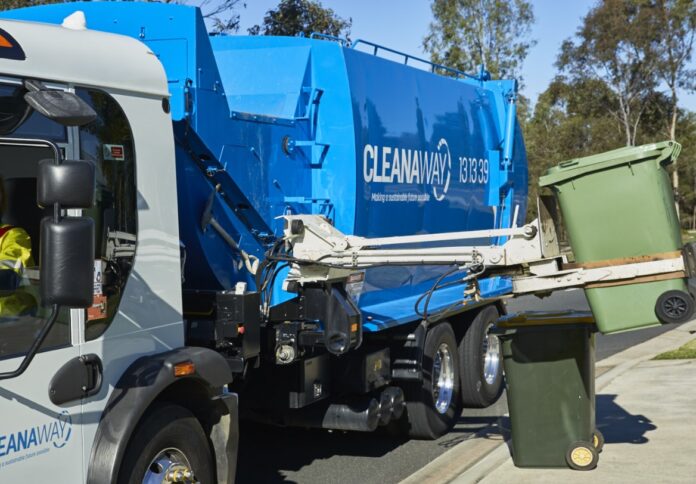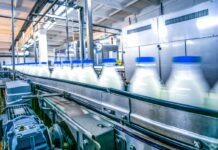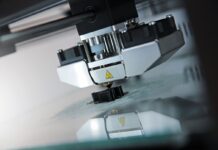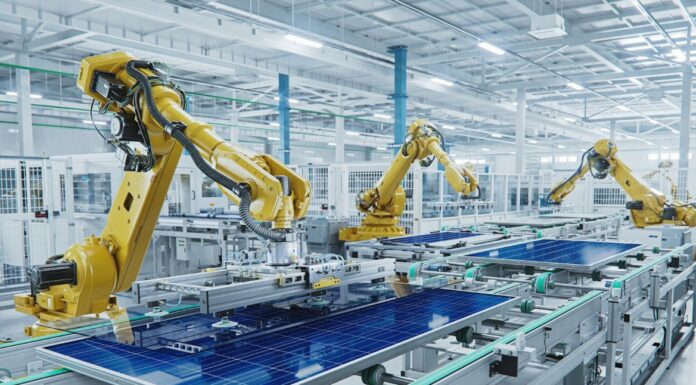
Cleanaway’s latest Recycling Behaviours Report for 2024 has revealed a significant lack of confidence among Australians regarding the recycling of their waste.
According to the report, two in five Australians are sceptical that their waste will be appropriately recycled, and 18 per cent incorrectly believe that all waste ends up in landfill, thus doubting the efficacy of recycling efforts.
Cleanway’s report aims to clarify the recycling process at Cleanaway’s facilities and showcase how recyclable materials are transformed into new products.
Understanding the recycling process
The recycling process commences when materials from the commingled or recycling bin are collected and delivered to Cleanaway’s Material Recovery Facilities (MRFs).
At these facilities, items are sorted by material—paper, cardboard, plastic, glass, steel, and aluminium—using advanced machinery such as optical scanners and conveyor belts, as well as manual sorting by staff.
After sorting, the materials are sent to trusted onshore and offshore recyclers to be repurposed into new products.
According to Cleanaway, paper is first shredded and mixed with water to create pulp. This pulp is then de-inked to remove any ink from the original products.
The cleaned pulp is processed into new paper products, including printing paper, toilet paper, and cardboard packaging.
Plastic materials are shredded into pellets, which are then used to manufacture new plastic products. Container Deposit Schemes nationwide contribute to “bottle to bottle” recycling, where pellets made from recycled bottles are used to create new ones.
Circular Plastics Australia (PET), a joint venture involving Pact Group Holdings Ltd, Cleanaway, Asahi Beverages, and Coca-Cola Europacific Partners, is an example of such an initiative.
Additionally, these plastic pellets can be transformed into flakes to produce items like polar fleece jackets and stationery.
Steel and aluminium recycling
Steel and aluminium cans are commonly found in households and follow a specific recycling process. Steel is separated from other recyclables using industrial-scale magnets, melted down to remove any coatings, and then formed into ingots—blocks of pure material.
These ingots can be used to create new cans or parts for vehicles and aircraft. Aluminium undergoes a similar high-temperature melting process to be repurposed into new products.
Glass recycling
Glass, often the last material sorted on recycling conveyor belts due to its density and safety concerns, is carefully processed at Cleanaway facilities.
According to the report, once separated, glass items like bottles and jars are crushed and cleaned to remove labels, caps, and any residual liquids.
The cleaned glass is then melted and reformed into new high-grade glass bottles or used in road construction for lower-grade material.
Promoting a circular economy
These examples illustrate the closing of the recycling loop, supporting a circular economy in Australia by reducing the reliance on new virgin materials.
In the 2023 financial year, Cleanaway said it recovered 431 kilotonnes (kt) of paper and 32 kt of steel and aluminium, emphasising the substantial impact of effective recycling.
To provide perspective, one kilotonne equals 1,000,000 kilos, approximately the weight of two and a half large commercial airplanes.
Maximizing recycling efforts
Cleanaway said everyone can contribute to enhancing recycling outcomes by properly disposing of items and preventing contamination.
Cleanaway’s Recycling Behaviours Report, conducted in collaboration with the Clean Energy Finance Corporation (CEFC) for the fourth consecutive year, offers valuable insights into Australians’ recycling habits. These insights inform Cleanaway’s efforts to empower Australians to make informed recycling decisions.
Since 2017, the CEFC has partnered with Cleanaway to support waste education initiatives like the Recycling Behaviours Report.




















